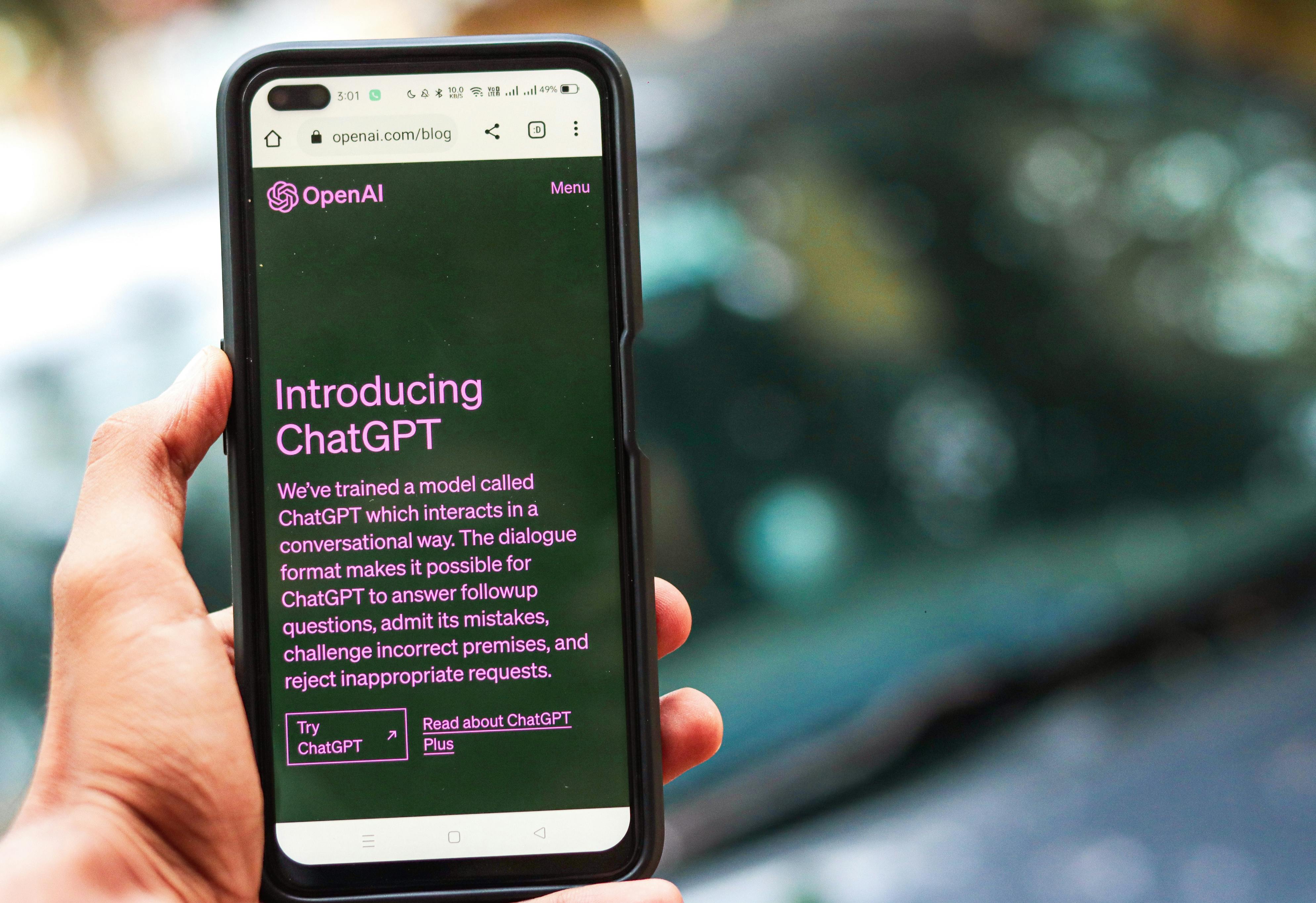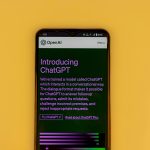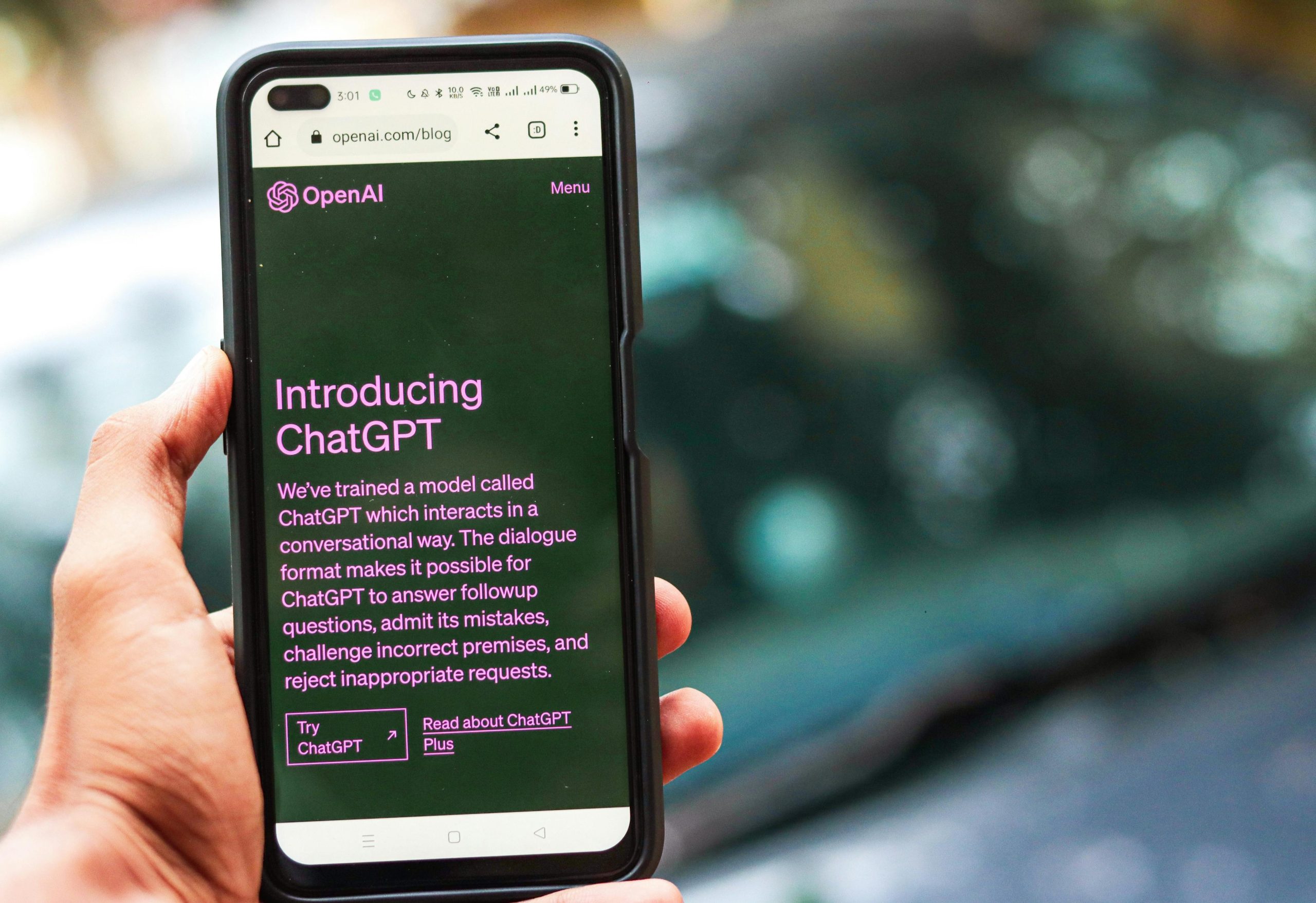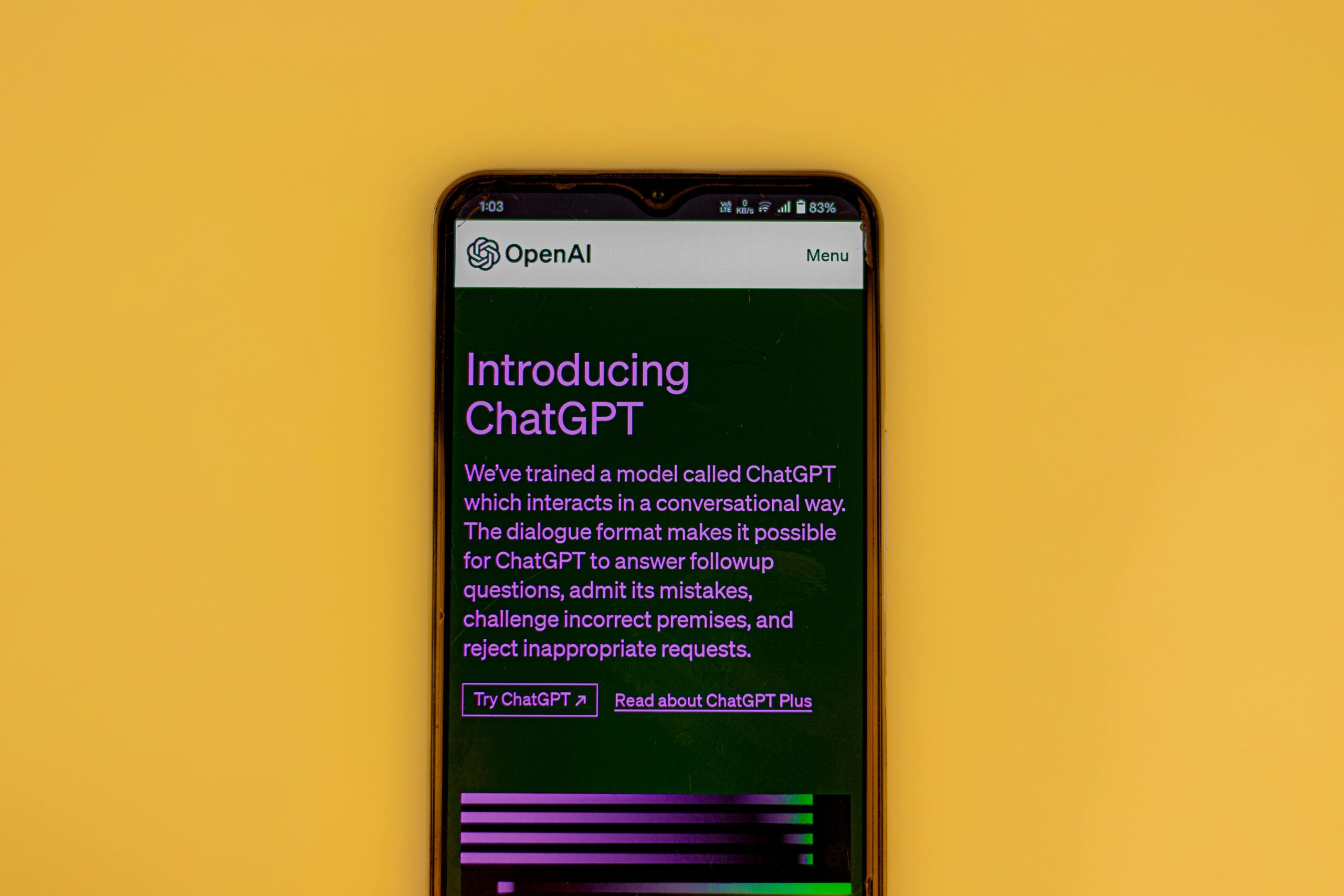How Turnitin Detects ChatGPT

Turnitin, a widely recognized tool for checking academic integrity, has evolved to address the growing use of artificial intelligence (AI) in educational writing. Since its introduction of an AI detection feature in April 2023, Turnitin has been actively working to identify content generated by AI models like ChatGPT. This guide explores the methodologies Turnitin employs, its accuracy, limitations, and the broader implications for students and educators in the current academic landscape.
Understanding Turnitin’s AI Detection Technology
Turnitin’s approach to detecting AI-generated content is multifaceted, combining several advanced techniques to analyze written submissions. The core of its detection capability lies in identifying patterns and linguistic characteristics that are common in AI-generated text but less so in human writing.
Linguistic Pattern Analysis
Turnitin’s algorithms are designed to scrutinize the nuances of language, focusing on patterns that AI models often exhibit. These include:
- Repetitive Sentence Structures: AI-generated text can sometimes fall into predictable sentence constructions, which Turnitin’s analysis can flag.
- Text Predictability Metrics: Tools like ChatGPT are designed to generate statistically probable word sequences. Turnitin assesses the predictability of these sequences, looking for writing that might appear unnaturally structured or “too perfect.” This is often measured using a metric known as perplexity, which quantifies how predictable a sequence of words is.
- Token Distribution: Language models generate text based on probabilities derived from large datasets. Turnitin analyzes how tokens (words or parts of words) are distributed within the text to identify patterns indicative of AI generation.
How the Detection Process Works
Turnitin breaks down submitted content into smaller segments, often sentences, and analyzes them in context. Each segment is assigned a score indicating the likelihood of it being AI-generated. This process involves:
- Segmentation and Overlap: Text is divided into chunks, with overlapping segments to ensure context is maintained during analysis.
- Probability Scoring: Each segment receives a score, typically between 0 and 1, where a higher score suggests a greater probability of AI origin.
- Overall Prediction: Based on the average scores of all segments, Turnitin generates an overall percentage indicating the likelihood that the document was AI-generated.
AIW and AIR Models
Turnitin utilizes specific deep-learning models for its AI detection:
- AIW (AI Writing): This model is the primary detector for AI-generated text. It was initially launched as AIW-1 in April 2023 and has since been upgraded to AIW-2. AIW-2 was trained on a diverse dataset, including AI-generated text, authentic student writing, and AI-generated text that has been reworded by AI paraphrasers.
- AIR (AI Rewriting): This newer model specifically targets text that has been paraphrased or rewritten by AI tools to appear more human-like. This is crucial for detecting sophisticated AI use that might otherwise evade detection.
Accuracy and Limitations of Turnitin’s AI Detection
While Turnitin’s AI detection capabilities have advanced significantly, it’s important to understand its accuracy rates and inherent limitations.
Accuracy Claims
Turnitin claims a high accuracy rate, often cited as 98% for detecting standard AI-generated text. For documents with a significant portion of AI writing (over 20%), the false positive rate (incorrectly flagging human text as AI-generated) is stated to be less than 1%. Turnitin prioritizes minimizing false positives, even if it means potentially missing a small percentage of AI-generated content. They estimate they find about 85% of AI-generated text while letting approximately 15% go undetected to maintain a low false positive rate.
Limitations and Potential Issues
- False Positives: Despite efforts to minimize them, false positives can still occur, particularly with formal, structured, or technical writing that may share characteristics with AI-generated text.
- Short Submissions: The AI detector may struggle with content under a certain word count, typically around 150 words.
- Heavily Edited AI Text: Content that has been significantly edited or rewritten by a human after being generated by AI may be more difficult for Turnitin to detect accurately.
- Language Restrictions: Currently, Turnitin’s AI detection is primarily optimized for English-language submissions. While efforts are being made to expand this, its effectiveness in other languages may be limited. Turnitin has, however, released AI writing detection capabilities for Spanish and Japanese submissions.
- AI Paraphrasing: While Turnitin’s AIR model is designed to detect AI-paraphrased text, highly sophisticated paraphrasing or human editing can still pose challenges.
- New AI Models: As AI technology rapidly evolves, Turnitin continuously updates its detection models. Newer or less common AI models might initially evade detection until Turnitin’s algorithms are updated.
- Scores Below 20%: Turnitin no longer surfaces scores or highlights for AI detection in the 1% to 19% range to avoid potential false positives. These instances are indicated with an asterisk (*%).
How Turnitin’s AI Detection Appears in Reports
When Turnitin analyzes a submission for AI-generated content, the results are integrated into its standard Similarity Report. Educators receive an AI writing indicator, which is an overall percentage reflecting the estimated amount of AI-generated text in a document. This score is separate from the traditional similarity score that identifies plagiarism.
AI Percentage Score and Heatmap
The AI detection report typically displays an AI percentage score, indicating the likelihood of AI authorship. Additionally, a heatmap may be used to highlight specific sections of the text that are most likely to have been generated by AI. Turnitin’s system assigns a score between 0 and 1 to each text segment, with scores from 0.5 to 1 suggesting a higher probability of AI generation.
Color Coding
While not universally applied across all interfaces, some descriptions of Turnitin’s AI detection mention color-coded confidence scores:
- Red: High likelihood of AI-generated content.
- Yellow: Moderate likelihood.
- Blue: Low likelihood.
More recently, Turnitin has introduced specific colors for different categories: cyan for “AI-generated only” text and purple for “AI-generated text that was AI-paraphrased.”
Turnitin’s Role in Academic Integrity
Turnitin’s AI detection feature is a tool designed to support educators in maintaining academic integrity. It provides data that can inform decisions about student work, but it is not intended to be the sole basis for determining academic misconduct.
Supporting Educators
Educators are advised to use Turnitin’s AI detection scores as a starting point for further investigation and dialogue with students. The goal is to foster transparency and understanding around AI use in academic settings, rather than to solely penalize students.
Ethical Considerations and Responsible AI Use
The rise of AI in education necessitates a conversation about ethical AI use. Turnitin emphasizes that AI can be a valuable tool for learning when used responsibly, such as for brainstorming or research assistance, provided proper citation is given. However, submitting AI-generated work as one’s own is considered academic misconduct. Institutions are encouraged to develop clear guidelines and policies regarding AI use to ensure students understand acceptable practices.
Recent Developments and Future Trends
Turnitin is continuously updating its AI detection capabilities to keep pace with advancements in AI technology. The company is focused on refining its algorithms, expanding language support, and improving the detection of AI-paraphrased content. The ongoing “arms race” between AI development and AI detection means that both technologies will continue to evolve.
Turnitin’s commitment to academic integrity extends to developing tools that support a transparent writing process. Features like Turnitin Clarity aim to provide students with AI assistance within a framework that allows educators to monitor usage and ensure adherence to academic standards.
As AI becomes more integrated into various aspects of life, including education, Turnitin’s role in ensuring academic honesty remains crucial. By understanding how these detection tools work and their limitations, students and educators can navigate the evolving landscape of AI in education more effectively and ethically.




![ChatGPT Go subscription free India: Complete Guide [2025]](https://tkly.com/wp-content/uploads/2025/10/chatgpt-go-subscription-free-india-complete-guide-1761699290223-150x150.jpg)



